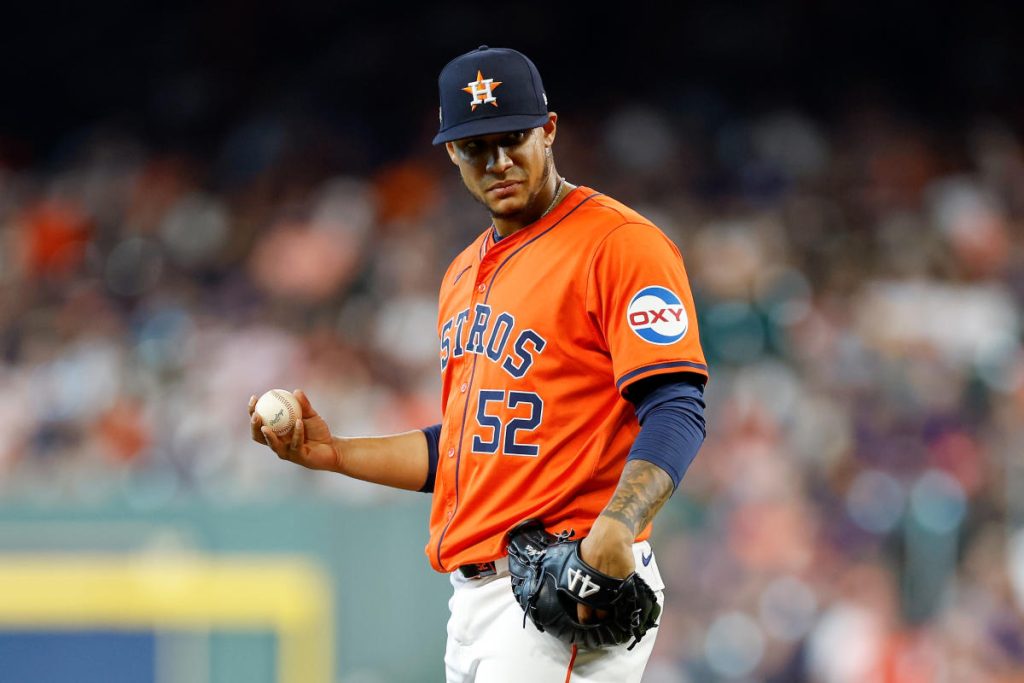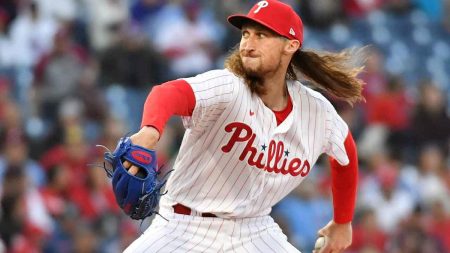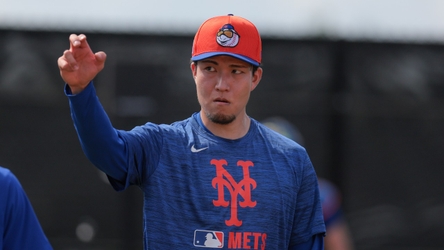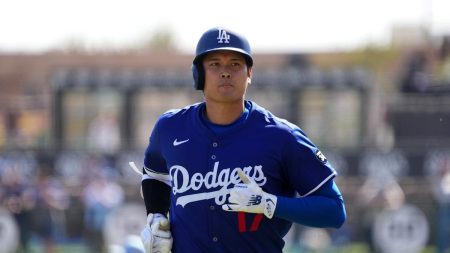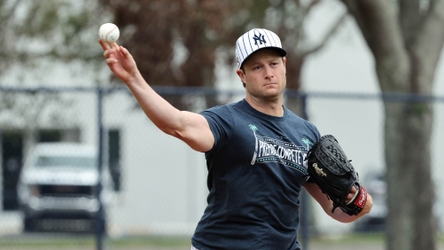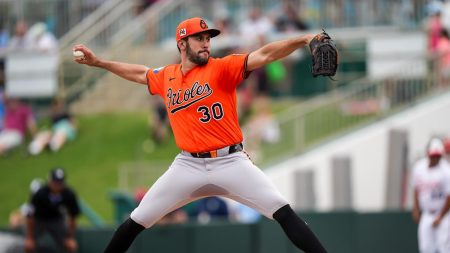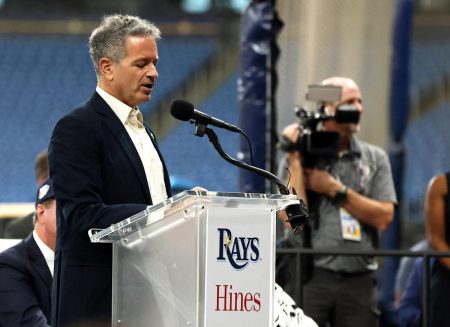The Birth of Fantasy Baseball and the Saves Conundrum
Fantasy baseball, a game rooted in the passion and creativity of its founders, has brought immense joy and engagement to countless enthusiasts since its inception in 1980. The founders, working with the limited statistical data available at the time, created a game that has evolved into a complex and thrilling pursuit. However, one element from those early days has become a persistent source of frustration for modern managers: the saves category.
In the current landscape of fantasy baseball, the pursuit of saves can feel like a never-ending and often futile task. The emphasis on saves means that managers will spend a significant amount of time and mental energy chasing this particular statistic. It’s a situation that, while unavoidable, is one for which we owe an apology in advance. This single category can dominate your strategy, often to the detriment of other, more balanced and meaningful aspects of the game.
The Relentless Chase for Saves
Despite the challenges, a large portion of our content throughout the season will focus on bullpen hierarchies and potential save sources. The nature of the saves category means that you will likely spend a significant portion of your Fantasy Auction Budget (FAB) resources on chasing saves. This is by far the worst of the 10 standard scoring categories, and the reasons are manifold.
One of the primary issues is the volatility of the closer role. In recent seasons, only about 50% of initial closers across the league have ultimately delivered their expected saves, according to data compiled by Jeff Zimmerman. Over the past four years, an average of 214.3 different pitchers per season have recorded at least one save. This high turnover rate means that trying to lock up saves in the draft can be a risky strategy. For example, last year, many managers who drafted players like Camilo Doval, Evan Phillips, David Bednar, Paul Sewald, Jordan Romano, Craig Kimbrel, Alex Lange, José Alvarado, and Adbert Alzolay found themselves disappointed as these players either underperformed or broke down.
Embracing the In-Season Availability of Saves
While the saves chase can be daunting, it also presents opportunities. The wide availability of saves throughout the season means that even if your bullpen is incomplete at the start of the year, you can still catch up. Each season, new closers emerge, some of whom will finish among the most valuable relievers in the game. Overdrafting relief pitchers is a bigger problem than under-drafting them, so it’s essential to be flexible and proactive in managing your bullpen.
One of the great cheat codes in rotisserie leagues is the use of elite non-closing middle relievers. These players are often overlooked and widely available, yet they can provide excellent per-inning production. For instance, if you had kept Jason Adam and Cade Smith in your active lineup for the full 2024 season, you would have received a combined stat line that rivals top pitchers: 149.0 IP, 13 W, 5 SV, 184 Ks, 1.93 ERA, 0.88 WHIP. This Cy Young-worthy production from a pair of unwanted relievers can be a no-cost alternative to hoarding aces in the early rounds.
Proactive Picks for Your Bullpen
To help you navigate the saves landscape, here are a couple of standout relievers who could provide significant value in your draft.
Ryan Walker, San Francisco Giants (Yahoo ADP 122.6)
Walker is a screaming value in fantasy drafts. Based on his quality of stuff and last year’s production, he might just deserve to be one of the top three or five relievers off the board. His sinker/slider combo was cartoonishly unhittable; his Savant page is full of red bars. Walker struck out 99 batters over 80.0 innings last season while delivering a WHIP of 0.85 and saving 10 games. He looks like a guy who deserves elite-tier fantasy status heading into 2025.
Andres Munoz, San Diego Padres (ADP 95.8)
On talent, Munoz should probably reside in the position’s first or second tier. He doesn’t quite get the draft love he deserves, however, because he hasn’t yet delivered a season with 30-plus saves. But let’s remember that he’s a 26-year-old with elite velocity, coming off a year in which he delivered a K-rate of 33.2% and a WHIP of 0.96. You want him. We have zero worries about either job security or the quality of his stuff.
Potential Fades in the Relief Market
Not all relievers are created equal, and some are best avoided or faded in your draft.
Jeff Hoffman, Toronto Blue Jays (ADP 150.2)
Hoffman was terrific last season, delivering a 2.17 ERA, 0.97 WHIP, and 12.1 K/9 for the Phillies. However, he’s an easy fade in his first year with Toronto, following news that two teams backed away from agreements with him due to medical concerns about his shoulder. While it’s possible that Hoffman will navigate the season unscathed, as a general rule, we should not be aggressively targeting pre-injured or semi-injured pitchers.
Robert Suárez, San Diego Padres (ADP 107.3)
Last season, Suárez was a revelation for the Padres and a late-round gem for fantasy managers. He saved 36 games and won nine while delivering acceptable (if somewhat lucky) ratios. However, he’s been the subject of persistent trade rumors throughout the offseason, and he wouldn’t necessarily serve as the closer for a team acquiring his services. San Diego’s bullpen is loaded with potential ninth-inning options, making Suárez a risky pick.
Sleepers to Watch in the Relief Market
Finding hidden gems can make a significant difference in your fantasy season. Here are a couple of sleepers to keep an eye on.
Bryan Abreu, Houston Astros (ADP 242.4)
Josh Hader is blocking Abreu’s path to the ninth, which is no small obstacle. However, Abreu is the next man up for the Astros and an elite reliever who can help you in a non-closing role. Over the past two seasons, he has struck out a ridiculous 203 batters in 150.1 innings while delivering a 2.45 ERA. His per-inning production can swing a roto league, even if saves are few and far between.
Orion Kerkering, Philadelphia Phillies (ADP 236.5)
Jordan Romano seems like the favorite for saves in Philadelphia entering spring training, but reportedly nothing is guaranteed. Kerkering has the traditional closer’s velocity along with a disgusting sweeper. He’s coming off a year in which he struck out 74 batters in 63.0 frames, producing a 2.29 ERA and 1.08 WHIP. If he finds his way to the ninth, he will immediately land among the elite relievers.
Top-20 Relief Pitcher Draft Rankings
To help guide your draft, here is a list of the top 20 relief pitchers to consider:
- Emmanuel Clase
- Josh Hader
- Devin Williams
- Edwin Díaz
- Mason Miller
- Raisel Iglesias
- Ryan Helsley
- Andres Muñoz
- Félix Bautista
- Jhoan Durán
- Ryan Walker
- Robert Suárez
- Ryan Pressly
- Tanner Scott
- Pete Fairbanks
- Alexis Díaz
- Trevor Megill
- Kenley Jansen
- Jeff Hoffman
- David Bednar
By understanding the nuances of the saves market and being strategic in your approach, you can build a bullpen that provides both stability and value throughout the season.

